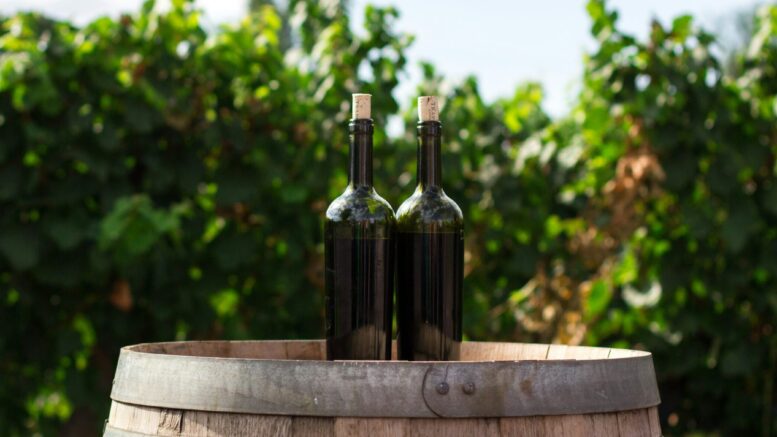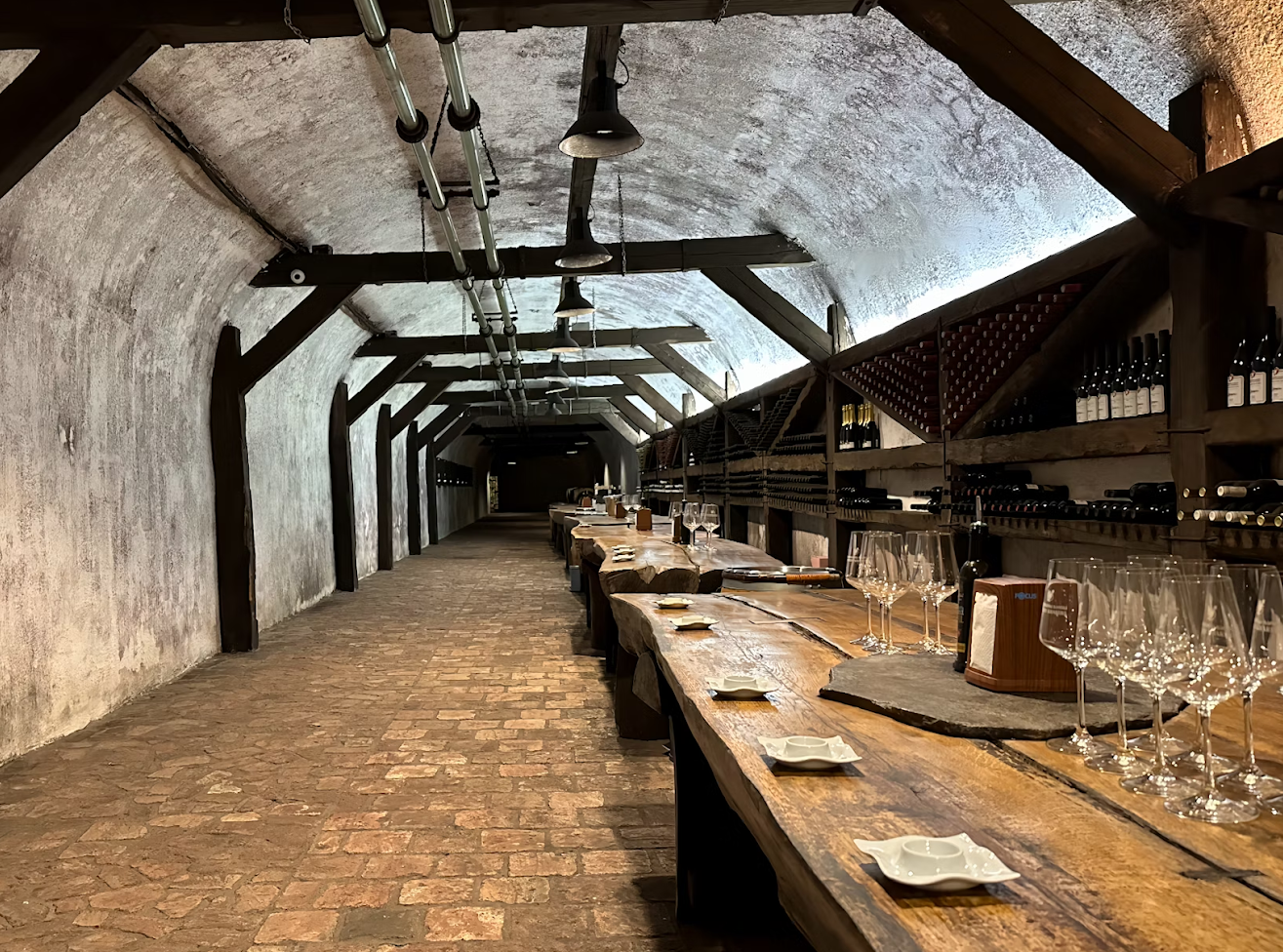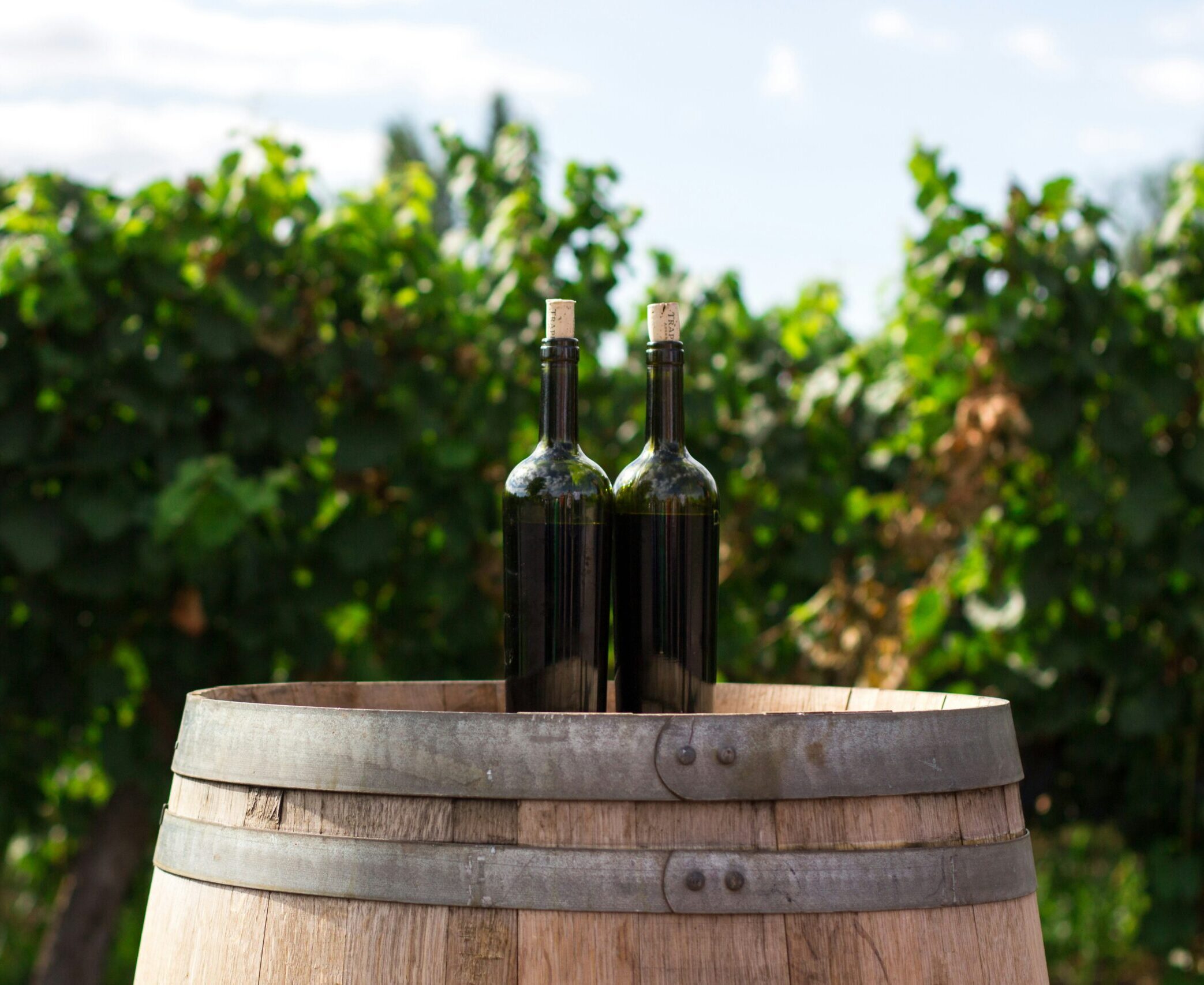Wine tourism has experienced significant growth, with the global market valued at approximately $46.47 billion in 2023 and projected to expand at a compound annual growth rate of 12.9% from 2024 to 2030.
This surge is driven by travelers seeking immersive experiences that blend viticulture with local culture and gastronomy. For parents, this trend opens avenues to explore family-friendly wine destinations that cater to both adults and children.
Regions such as California’s Napa Valley, France’s Loire Valley, and Portugal’s Douro Valley have adapted to accommodate families, offering activities like vineyard tours with educational components for kids, outdoor picnics, and interactive exhibits.
With thoughtful planning, parents and kids alike can enjoy enriching wine tourism experiences.
Planning a Family-Friendly Wine Tour: Strategies for Parents
Partaking in wine tourism as a parent offers a unique opportunity to blend cultural enrichment with family bonding. To ensure a seamless experience that caters to both adults and children, thoughtful planning is paramount. Consider some of these practical strategies to help parents navigate wine tourism effectively.
Selecting Family-Friendly Wineries
Identifying wineries that welcome families is key for a harmonious visit. Many wineries have recognized the importance of inclusivity and have adapted their facilities accordingly.
Key Considerations:
- Amenities: Seek out wineries that offer amenities such as outdoor play areas, picnic spots, and interactive exhibits. For instance, in California, numerous wineries provide special family-friendly activities and accommodations for kids.
- Activities: Some wineries have expanded their offerings to include non-alcoholic tastings, petting zoos, and games to keep children engaged. For example, in Sonoma, families are welcome, with reservations, at the pool of the Francis Ford Coppola Winery.
- Policies: Always check the winery’s policy on children beforehand, as some establishments may have age restrictions or designated family hours.
Timing Your Visits Appropriately
The timing of your winery visits can significantly impact the experience for both parents and children.
Recommendations:
- Morning or Early Afternoon Visits: Children are generally more energetic and cooperative during these times, making it ideal for tours and tastings.
- Limit the Number of Wineries: To prevent fatigue and boredom, especially among younger children, it’s advisable to limit visits to one or two wineries per day. As noted by Our Whole Village, too many wineries can lead to kids becoming bored and cranky, affecting the overall experience.
- Allocate Downtime: Ensure there are breaks between visits for rest or play, allowing children to expend energy and parents to relax.
Packing Essentials for a Smooth Experience
Being well-prepared can make a significant difference in ensuring a pleasant outing for the whole family.
Essentials to Bring:
- Snacks and Water: Keeping children hydrated and satiated can prevent irritability.
- Entertainment: Books, coloring materials, or electronic devices can keep children occupied during tastings.
- Comfort Items: Bringing along favorite toys or blankets can provide comfort in unfamiliar settings.
- Weather-Appropriate Gear: Depending on the season, pack sunscreen, hats, or jackets to keep everyone comfortable.
Incorporating Educational and Recreational Activities
Enhancing the wine tour with activities that cater to children’s interests can make the experience enriching for them as well.
Ideas:
- Educational Tours: Some wineries offer tours that explain the winemaking process in an engaging manner suitable for children.
- Nature Walks: Vineyards often have beautiful landscapes; consider taking a family walk to explore the area.
- Workshops: Participate in workshops or classes that are designed for families, such as grape juice tasting sessions or cooking classes.
Exploring Nearby Family Attractions
To add variety to your trip, research and plan visits to nearby attractions that cater to children.
Options:
- Museums and Zoos: Many wine regions have local museums, zoos, or aquariums that can be both educational and entertaining.
- Parks and Playgrounds: Allowing children to play and interact with peers can be a delightful break from structured activities.
- Cultural Sites: Exploring local cultural sites can provide a deeper understanding of the region’s heritage and traditions.
Wine Tourism as a Family: Final Thoughts
Wine tourism as a parent can also be an opportunity to introduce children to new cultures, flavors, and traditions, fostering a lifelong appreciation for travel and culinary experiences. Beyond the vineyards, regional food markets, artisanal workshops, and historical landmarks provide enriching experiences that make the journey even more memorable.
If you approach wine tourism with flexibility and curiosity, parents can create trips that are both sophisticated and family-friendly, ensuring that everyone—adults and children alike—takes away something special.



